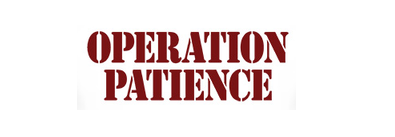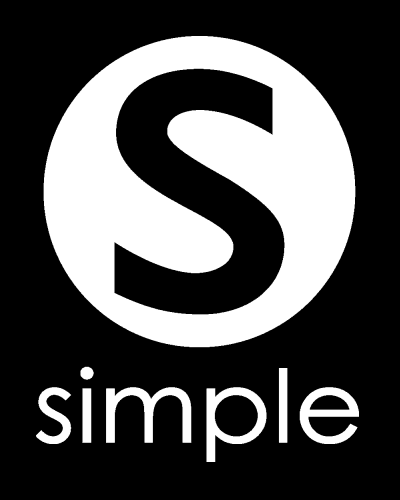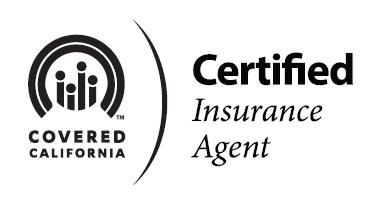Operation Patience: Exchange Plans Taking Time to Process
Recently, many who have applied for a January 1st, 2014 plan start at the new state health insurance exchange have learned that it’s taking some time for the insurance companies to process your plan. This is currently a common occurrence, as they continue to sort through 10’s of thousands of new applications (literally). Our advice right now: be patient.
Although you may not have received your plan documents and your member ID card yet, if you sent in your “binding payment” on time, you should be retroactively covered:
- In California, the “binding payment” is due (in-hand at the insurance company) by January 15th, 2014. This may vary from state-to-state and insurance company to insurance company, so make sure to check.
- “Retroactively covered” means that if you incur medical charges before your plan is processed (and as long as your “binding payment” was received on-time), you will be retroactively reimbursed for covered charges.

Be assured that the insurance companies are doing everything that they can to take care of your policy as quickly as possible. You’ll see across Twitter that they’re actively communicating with their new members. Here are some Tweet examples of what we’ve seen to customers:
Blue Shield of California, 1/9/2014:
We’ve extended customer service hours to meet the higher demand and tripled online bandwidth to make payments. Thanks for hanging in there.
Health Net, 1/6/2014:
@justex07: You should get your ID card in approx. 5 business days, but you can go to the doctor before then and file a claim after if needed.
Anthem Blue Cross of California, 1/11/2014:
@mobilefilmclass: Also, we hired 100s of new cust service folks for 1/1, cancelled vacays & pulled 100s other people from other jobs to help.
So although you may have waited on hold for hours, or no one is returning your email inquiries, or you’re just frustrated in general because you haven’t received your packet or ID card yet… stay patient. They’re working diligently to take care of your policy.
Thanks for stopping by, we hope you found our information to be valuable. Check back at our blog to get further information about funding healthcare. Also, please share with your friends, clients, colleagues, and family. Here are a few of our other information outlets:
Home Page: https://policyadvantage.com
Twitter: http://www.twitter.com/PolicyAdvantage
Facebook: http://www.facebook.com/PolicyAdvantage
YouTube: http://www.youtube.com/PolicyAdvantage
Pinterest: http://www.pinterest.com/PolicyAdvantage
Word Press: http://www.policyadvantage.wordpress.com




 Today’s blog post is about how healthcare reform can help businesses in the restaurant and dining industries. There are a few really good reasons that these industries should take a close look at what’s going on with regard to reform. In many cases, employees may now be able to access better coverage at much more affordable prices.
Today’s blog post is about how healthcare reform can help businesses in the restaurant and dining industries. There are a few really good reasons that these industries should take a close look at what’s going on with regard to reform. In many cases, employees may now be able to access better coverage at much more affordable prices.



